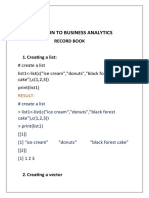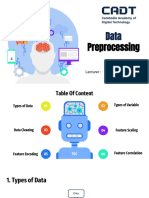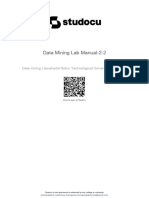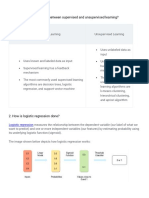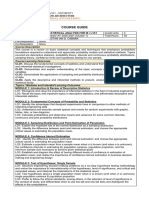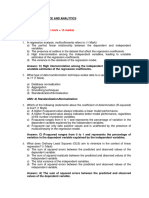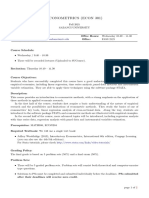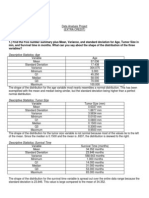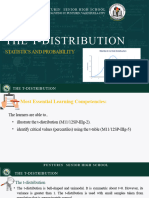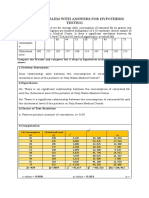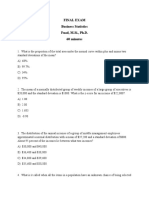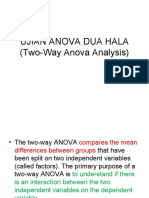0% found this document useful (0 votes)
49 views26 pagesTYCS Practical
Data science involves analyzing data to extract useful information and insights. Common techniques include wrangling, preprocessing, modeling, and visualizing data. This document discusses concepts like regression, clustering, principal component analysis and how to apply them in Python.
Uploaded by
latestfullmovies74Copyright
© © All Rights Reserved
We take content rights seriously. If you suspect this is your content, claim it here.
Available Formats
Download as PDF, TXT or read online on Scribd
0% found this document useful (0 votes)
49 views26 pagesTYCS Practical
Data science involves analyzing data to extract useful information and insights. Common techniques include wrangling, preprocessing, modeling, and visualizing data. This document discusses concepts like regression, clustering, principal component analysis and how to apply them in Python.
Uploaded by
latestfullmovies74Copyright
© © All Rights Reserved
We take content rights seriously. If you suspect this is your content, claim it here.
Available Formats
Download as PDF, TXT or read online on Scribd
/ 26

































